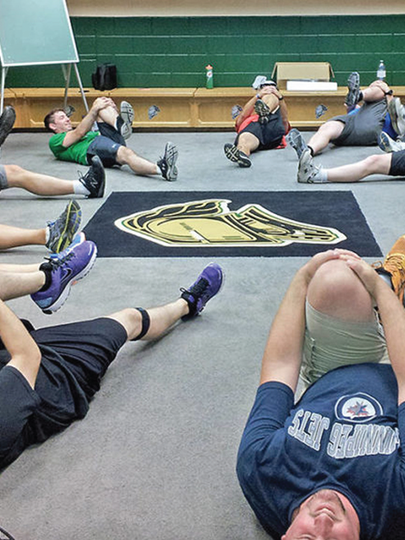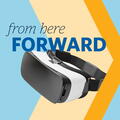When buying embarrassing products, consumers don’t want friendly service
A UBC Sauder School of Business study shows that when people buy blush-inducing items, they choose self-checkout — or, failing that, the most robotic human available.
It’s an age-old law of marketing that friendly customer service is a sure way to boost your business. But customers who are buying embarrassing products don’t necessarily want a smiling face or pleasant small talk.
For the study in the Journal of Marketing Research titled “How consumers respond to embarrassing service encounters: A dehumanization perspective,” the authors studied data of actual purchase behaviour in grocery stores and observed whether customers prefer self-checkout or a human cashier when purchasing embarrassing products such as condoms or menstrual pads.
The authors also surveyed participants about their preferences in situations where in-person exchanges are unavoidable, such as taking a stained clothing item to a dry cleaner that has no automated option.
The researchers found that when people buy embarrassing items, they choose self-service checkouts — and when self-checkouts aren’t available and customers have to interact with a human, they choose the most robotic one they can find.
“If they have to choose a person, they would prefer a mechanistic person who isn’t known to be particularly friendly,” said UBC Sauder Professor Dr. JoAndrea Hoegg (BA'91, BEd'94), who co-authored the study with Dr. Yixia Sun of Zhejiang University, Dr. Xuehua Wang of Tongji University, and UBC Sauder School of Business Dean Dr. Darren Dahl (PhD'98).
If they can’t find a robotic person and have to engage in a more normal way, they try to compensate by thinking of the person as less human — and by extension, less social, emotional, and judgmental.
“They engage in this mental process of mechanistic dehumanization. They think, ‘That person doesn’t care about me or what I’m doing. They’re just doing their job,’ ” Dr. Hoegg explained. “They do that to make themselves feel better. But we didn’t find any evidence that strategy actually works. They were still embarrassed.”
The study also surveyed people on the street about their use of particular products, either embarrassing (condoms) or non-embarrassing (gum). Some of the surveyors acted in a more personable way, using eye contact and a friendly facial expression and vocal tone, while others acted in a more robotic way, avoiding eye contact and using a stiff expression and tone.
The researchers examined the difference in how thoroughly each group of participants answered the questions.
“With the robotic person, people actually answered more questions on the survey and gave more information,” Dr. Hoegg said. “We thought that was interesting and potentially important, because if you’re in a medical office or pharmacy and you need to provide information about yourself, you might be too embarrassed if the person is being really friendly and trying to make a connection.”
The findings were similar across genders and challenge the long-held belief that building personal rapport with customers should be the top priority for service employees, as warm, welcoming interactions are linked with higher customer satisfaction.
“This study kind of turns that on its head,” Dr. Hoegg said. “When people are buying embarrassing things they don’t seek out conversation. They don’t want that social interaction. They want to get in and get out — and they want someone who isn’t judging them or reacting to them.”
So what should pharmacy workers and other retail staff do when customers buy embarrassing items? Dr. Hoegg says they should skip the small talk and get the person out the door.
“There are so many places like 7-Eleven and grocery stores that sell everything, and it’s likely that employees have been told to be friendly and engage their customers. But they should be mindful of the purchases people are making, and if the person isn’t making eye contact, they don’t need to engage them,” Dr. Hoegg said.
“If the product they are buying is one that might be embarrassing for them, don’t try to create a connection,” she advised. “Just get the person out quickly.”
































